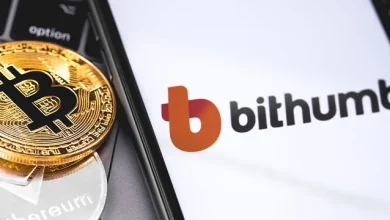Visa launches stablecoin pilot for Visa Direct


Visa has launched a pilot program that integrates stablecoins into its Visa Direct service, a move that underscores the growing role of digital assets in global payments. Announced at the SIBOS conference on September 30, 2025, the initiative allows banks, remittance providers, and enterprises to pre-fund cross-border payouts with stablecoins instead of traditional fiat currencies.
The program is designed to address long-standing challenges in international payments, particularly the inefficiencies, costs, and delays associated with settlement processes. By using stablecoins such as USD Coin (USDC) and Euro Coin (EURC), participants in the pilot can benefit from quicker settlement times and reduced capital lockups. The pre-funding mechanism aims to improve liquidity management while lowering the friction that typically accompanies cross-border transactions.
Visa’s latest move reflects its commitment to exploring blockchain-based answers and tokenized money. The company has previously taken steps in this direction, including a 2023 expansion of USDC settlement capabilities. However, this pilot represents a more substantial integration of stablecoin technology into Visa’s existing infrastructure, signaling that the payments giant views tokenized assets as a critical component of the future financial ecosystem.
Broader implications for the payments landscape
The stablecoin pilot arrives at a pivotal time for the payments industry, as major players explore blockchain-enabled alternatives to traditional settlement rails. With Visa’s global network already spanning more than 200 countries and territories, the potential for stablecoin integration to transform liquidity management and reduce operational bottlenecks is significant.
Industry observers note that Visa’s initiative will likely reassure regulated institutions interested in digital asset adoption but concerned about compliance. By embedding stablecoins into a trusted network such as Visa Direct, the program provides a bridge between emerging blockchain technologies and established regulatory frameworks.
The timing also coincides with growing momentum from competitors and other financial infrastructure providers. Earlier this week, Swift announced its own blockchain initiative, highlighting how leading payment networks are racing to adapt to a tokenized future. Analysts suggest these moves indicate a broader shift in the payments landscape, where blockchain and stablecoins could play a central role in creating quicker, more transparent, and cost-efficient financial systems.
Competitive dynamics and future outlook
Although Visa has not provided a definitive timeline for a full-scale rollout, the pilot will initially involve select financial institutions and remittance partners. Success in this phase could pave the way for broader adoption of stablecoin-powered settlement across Visa’s extensive ecosystem.
The pilot also strengthens Visa’s competitive position against fintech firms and blockchain-native payment providers. By testing stablecoin pre-funding within Visa Direct, the company signals its determination to remain a leading innovator in the payments industry, ensuring it can meet the evolving demands of both institutions and consumers.
Looking ahead, regulators and financial stakeholders will closely watch the outcomes of Visa’s pilot program. Its effectiveness could influence future adoption of stablecoin answers across the financial sector, while also shaping ongoing regulatory debates about the role of digital assets in global finance. As blockchain adoption accelerates, Visa’s stablecoin integration offers a tangible example of how traditional payment networks can adapt and thrive in an increasingly tokenized world.







